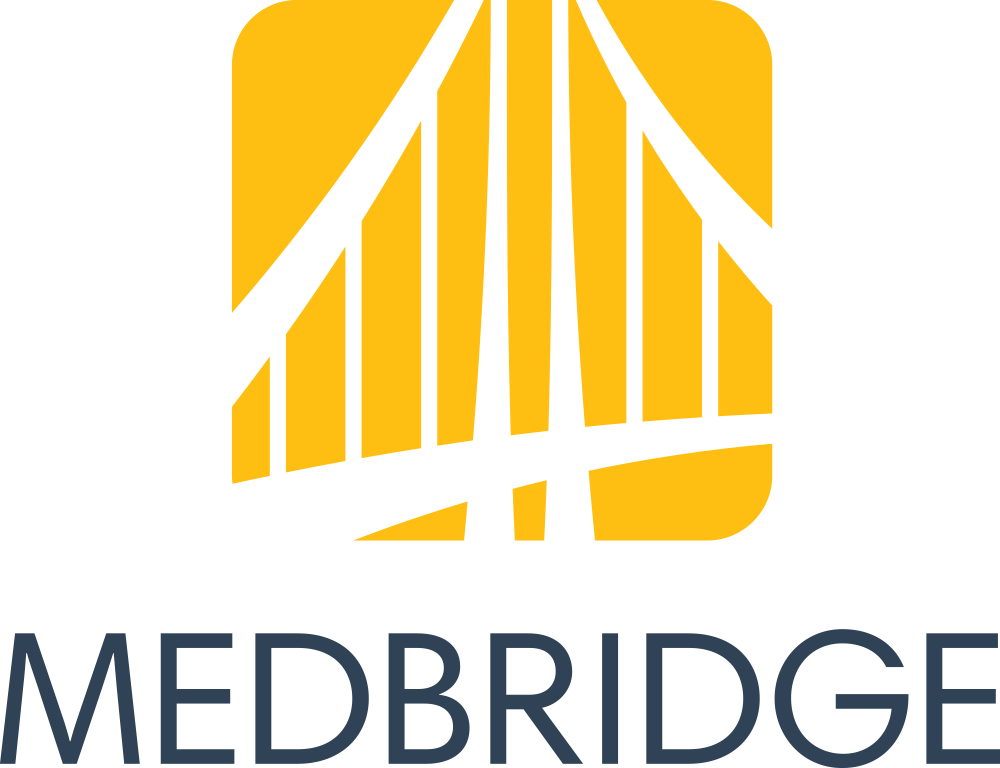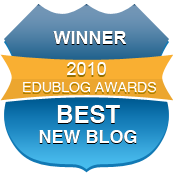During this time of year, we often do the obligatory lessons about gratitude that go well with the thanksgiving holiday. From a language perspective, practicing gratitude involves reflecting, listing and describing life events, so it is a therapeutically relevant context for sure. However, I always emphasize that there is science behind it for self-regulation, and we should try to practice it all year round! Here's a good video to detail those points.
Thursday, November 16, 2023
GratiTools (and say hi if you see me at ASHA2023 in Boston)
Friday, November 3, 2023
Have you done the Connections?
...is something my husband or I says to the other at some point every day since the spring. At that time, the New York Times added a daily puzzle that I thought was uniquely designed for SLPs and our love of categories as a foundation of semantics.
Connections is free daily via the web on whatever device, and also now is in the NYT Games app (I do subscribe as I have gotten in the habit of doing at least Sunday to Wednesday's Crossword). They explain it best:
This can be a great activity for older clients or students as you can encourage forethought- eg let's think of at least two sets of 4 items before submitting any. You can also provide a growing schema that builds metalinguistics
-Straightforward semantic category
-Figurative language or idioms
-Words that are part of a phrase e.g another word goes before or after them all
-Group that works best if you say it aloud (hint for above)
It can be a good idea to do it yourself on one device and then show it to the client on another, where it is reset, so you know how to cue. There are a variety of daily posts that provide hints, such as Mashable's.
And most importantly...you can also make your own! Think of targeting reviewed vocabulary or concepts! Check out this one I made last Friday when a certain album came out, and click Create to make your own.






